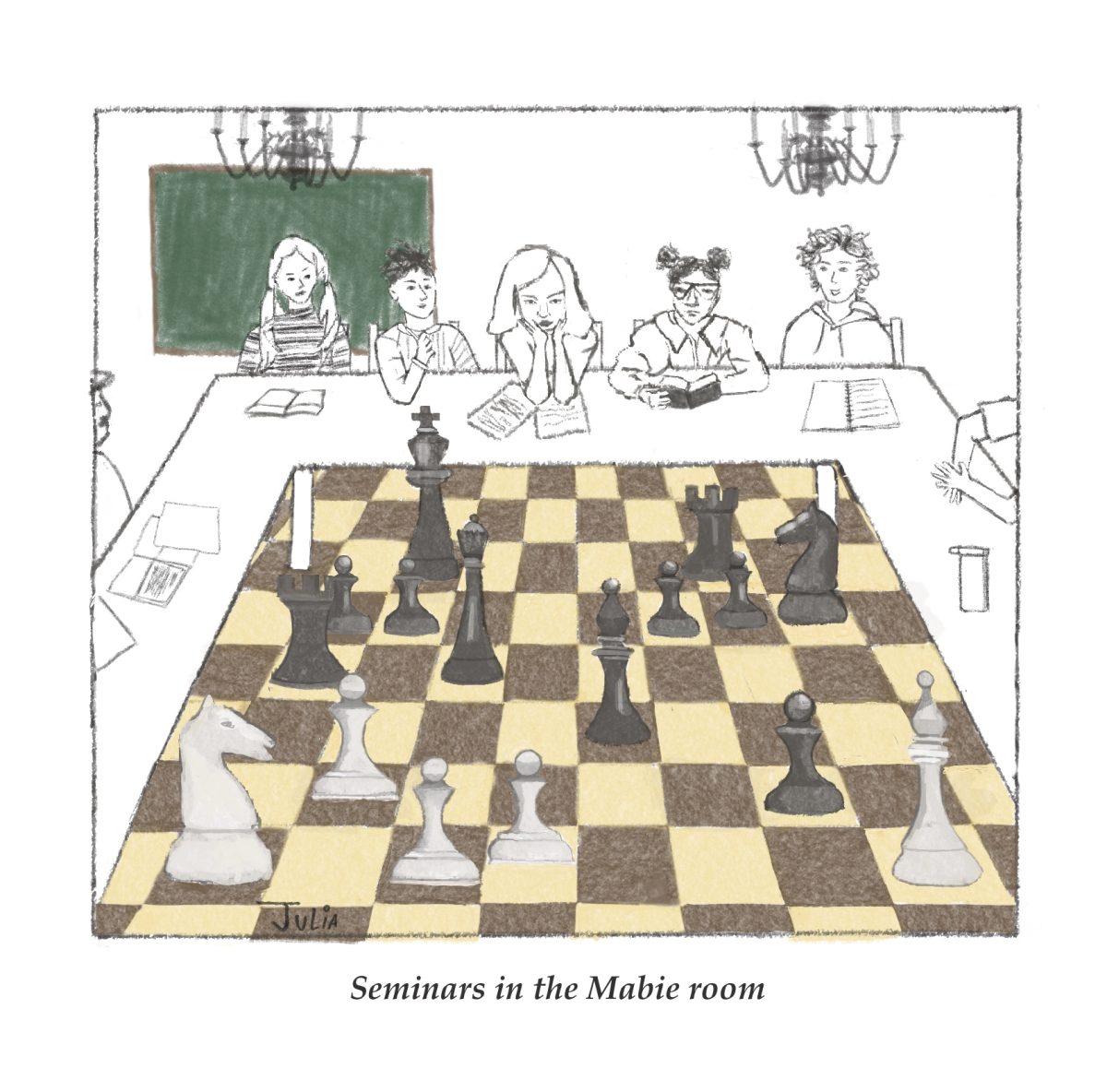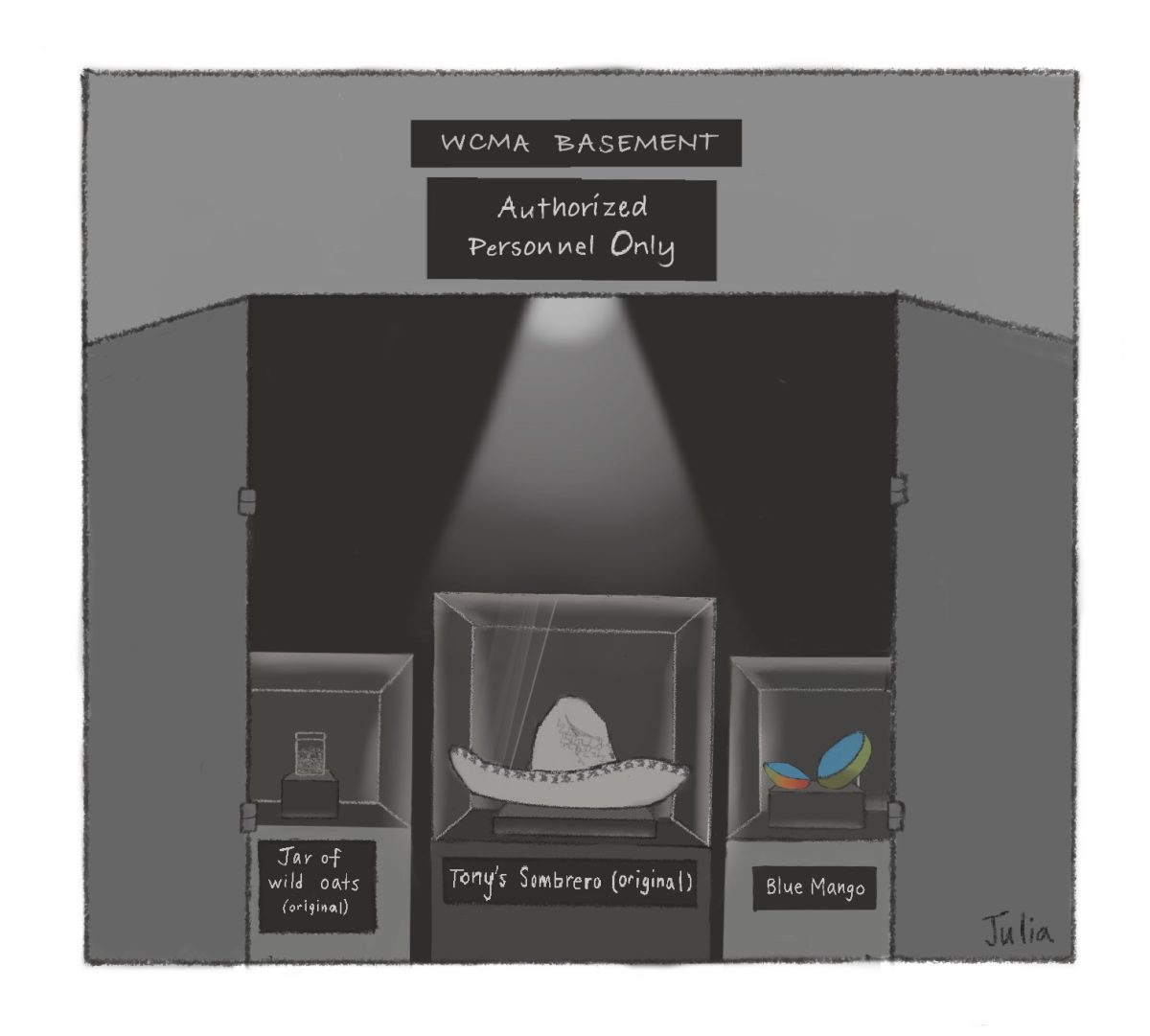Varsity athletics at the College are a big deal; roughly one in three students on campus are on a varsity team, a proportion in line with other small liberal arts colleges, though it is substantially greater than at larger universities. While the College does not publicly share how much money it devotes to varsity athletics, it is clear that it spends heavily on facilities, travel, and coaching.
When I first arrived at the College as a non-athlete, I was struck by the presence of these seemingly massive teams in dining halls and Sawyer. It was unclear to me why the College chooses to support these teams so substantially in terms of both funding and the allocation of spots in the incoming class to athletic recruits.
There is an obvious and boring answer to the Athletic Question: Teams attract donations from alums, and former varsity athletes tend to be particularly generous.
Now, after spending 4 months on the men’s crew team as a walk-on, I have a different answer.
I’ve come to understand why the College continues to support varsity teams. Varsity athletics creates space for academic diversity on campus, allowing groups of students with varied academic interests to spend time together, promoting the spirit of the liberal arts.
Generally, the extracurricular scene at the College encourages students with similar academic interests to interact with one another. Take the various finance- and consulting-related clubs, the debate team, and academically-focused student organizations like interest-based TAPSI groups. These groups are based on academic commonality: Students sign up for them because they want to interact with students who have similar interests or career goals.
While these are undoubtedly valuable, it is also true that a successful liberal arts education should encourage students to spend as much time as possible with peers whose interests span a wide variety of academic specializations.
Varsity teams at the College are about as far from academically specialized as you can get on campus. People join them because they are excited about a sport and are bound together by both a made-up set of rules and very real hardships and joys. There is no prerequisite that you must be interested in math, journalism, finance, or politics to participate. Because they are totally unaffiliated with academics, varsity teams are perfect hubs for academic diversity.
I can attest that this is true for the men’s crew team: One of our three captains will graduate with a degree in art history, another in geosciences and political science, and the third in political economy. The majors being pursued by the rest of my teammates are similarly varied.
This trend holds true across other big teams that I am well acquainted with — like cross country, track and field, and swim and dive. The team environment is an important space for students to interact closely with peers who specialize in different academic disciplines.
The hundreds of students on these teams the primary beneficiaries of this, but the effects of academic diversity on varsity teams spill over into student life more broadly. Good attendance at student events are important for campus life. Sports teams play a perhaps unexpected role in making that the norm on campus. Athletes on every team possess an uncompromising zeal to support their teammates. It is not only the pleasure but the responsibility of teammates to show up for each other, in and outside of an athletic setting. Athletes show up in droves to recitals, shows, and plays when their teammates are performing. Likewise, when teammates present research or exhibit at an art show, athletes generally show up to support them.
I have gone to comedy shows, cello recitals, a capella performances, intramural basketball games, and even religious services in order to support my teammates. If not for the men’s crew team, I might not have heard of, or felt as compelled to go to these events.
By no means am I claiming that these events are only worth attending in order to support teammates, but it is certainly true that varsity athletes are more motivated than non-athletes to show up to an event when it means supporting a teammate. The academic diversity of a team combined with an athlete’s duty to support their teammates improves the vibrancy of student life on campus.
Why though, can’t this type of unity and academic diversity be achieved across club teams, which are a much smaller drain on the College’s resources? It certainly could be, as there are close-knit club teams on campus that, I am sure, show up to support each other. But, by giving teams money and recruitment slots, the College guarantees that varsity team membership requires an unusually intense social and time commitment, allowing for the more rapid percolation of ideas and conversations across disciplines. Varsity teams adhere to the ideal of academic diversity and commit to visibility at other student events on campus, and should be supported by the College.
Alex Farman-Farmaian ’28 is from New York City, N.Y.






